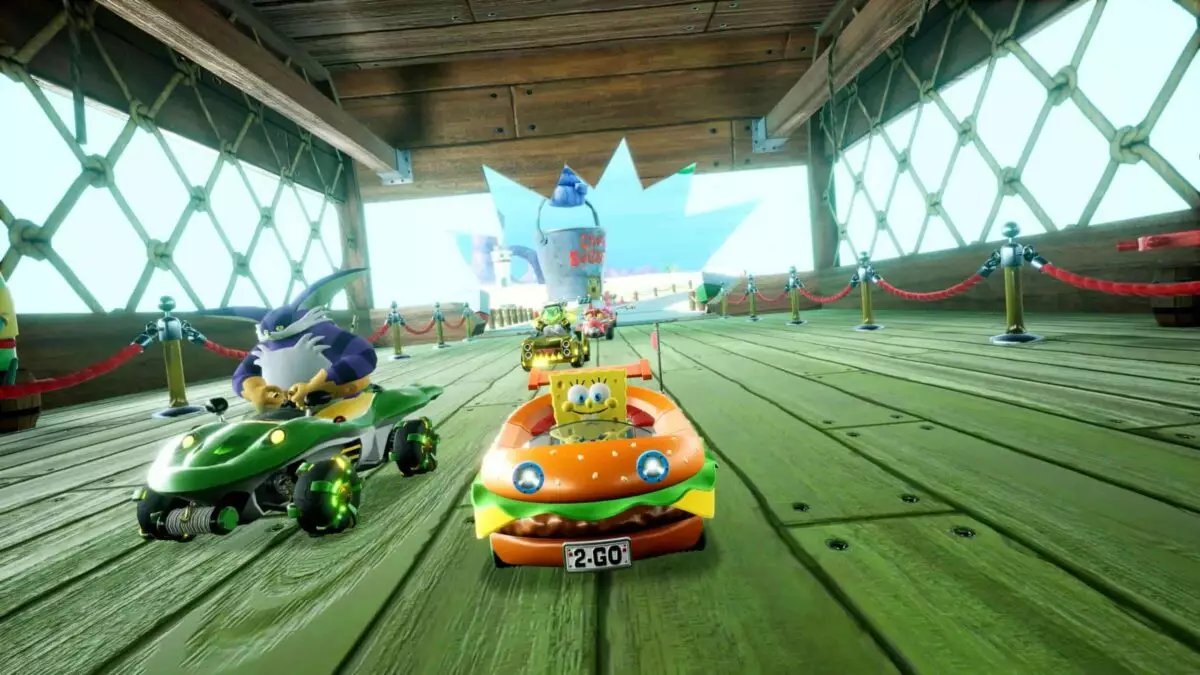Once upon a time, Sonic and Mario epitomized the fierce rivalry that defined platform gaming in the 1990s, fueling each other’s rise to prominence. However, the landscape has shifted, and the spirit of competition has dulled over the years. Now, Sega’s latest offering, Sonic Racing Crossworlds, attempts to rekindle that competitive fire by pushing boundaries beyond traditional confines. It boldly ventures into uncharted territory by integrating an eclectic mix of characters outside its native universe—featuring beloved icons like SpongeBob SquarePants and Patrick Star as part of its DLC lineup. This move signals a strategic pivot: instead of playing it safe with familiar faces, Sega is embracing a more expansive, crossover-driven approach, aiming to attract a wider audience and create a buzz that transcends the Sonic community.
Strategic Rollouts and Community Engagement
Ahead of the September 25th launch, Sega is leveraging the power of community testing, offering an open network demo on select platforms. This beta window, beginning around August 29th, serves multiple purposes: refining gameplay, identifying bugs, and gauging player reactions. Such pre-release testing is becoming standard practice, similar to what titles like Elden Ring and Nightreign employed to ensure smooth multiplayer experiences. Notably, the timing intricacies—such as the UTC+8 timezone—highlight the challenge of coordinating global releases, yet also underline Sega’s intent to engage international audiences actively. Through these efforts, Sega isn’t just showcasing a game; it’s fostering a collaborative development process, making players active participants in shaping the final product.
Beyond Sonic: A Strategic Character Crossover Factory
What sets Sonic Racing Crossworlds apart isn’t merely its gameplay mechanics but its ambitious roster that bridges disparate worlds. From classic Sega characters like Alex and Amy to iconic franchises such as Pac-Man and Persona 5’s Joker, the game showcases Sega’s knack for creating a vibrant, interconnected universe. The inclusion of high-profile DLC characters like Joker hints at a broader vision: transforming this racer into a lively crossover platform that celebrates the diversity of gaming history and modern pop culture. Such inclusivity isn’t just marketing—it’s an acknowledgment that modern gamers crave connectivity, novelty, and nostalgia all rolled into one competitive experience.
A Playful Yet Competitive Future
While the idea of blending characters from different universes might seem frivolous to some purists, it underscores a deeper truth: gaming today thrives on experimentation and shared fandoms. Sega’s approach suggests confidence in its ability to craft a fun, competitive environment that also serves as a celebration of gaming’s collective legacy. By inviting players to test the waters beforehand, they’re not just hunting for bugs—they’re igniting anticipation and community engagement. Sonic Racing Crossworlds could very well redefine what a kart racing game can be in the contemporary era—more than just a time-trial, but an immersive crossover event that captures the imagination of players worldwide.

